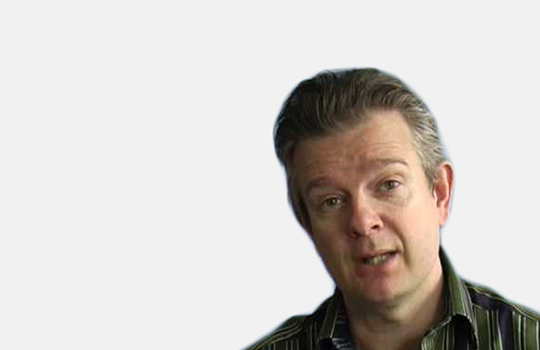![]() I have recently been reading a report on ethical issues in public health from the Nuffield Foundation on Bioethics. It is a lovely document, subtle and interrogative, delightfully rich, as all good thought should be, in unanswered questions.
I have recently been reading a report on ethical issues in public health from the Nuffield Foundation on Bioethics. It is a lovely document, subtle and interrogative, delightfully rich, as all good thought should be, in unanswered questions.
Speaking as a non-doctor, public health seems to be one of those areas where disciplinary boundaries begin to dissolve. The clinical rigours of medicine are slowly exchanged for deliberation on the many underlying conditions of health, which, in their turn seep away into speculation on the sources of human wellbeing itself. If health, as the much-derided World Health Organization definition states, is a condition of complete mental and physical wellbeing, then it is difficult to imagine what couldn’t come into its purview.
In the midst of the report, however, along with the politics and the epidemiology, tucked away next to the case studies on the taming of our various self-destructive appetites, was a small section on the built environment, on the architecture, if you like, of our wellbeing. Its recommendations were sober and sensible, calling on architects and town planners to fashion the world we live in to encourage us to take more activity, to forego our cars and our lifts, to take to our feet and our bicycles. Although I could not disagree, the more I thought about it, the more ambitious I wanted it to be. Our very health, I thought, demands that architects make our world beautiful.
In these dark and depressing times, as the financial whirligig carries away whatever fortunes we have, it is good to remind ourselves of a few fundamentals. Aesthetics, the look and the feel of things, influences far more of our life than ordinarily we allow. The food we eat, the way we dress, the homes we inhabit, our choice of partners – no small decision that one – are all influenced by aesthetic factors. If in the end they don’t feel right we tend not to stay with them.
But the influence of aesthetics does not end here. Asked to come up with a definition of a good life, of the sort of life we would like to lead, most of us will fall back on aesthetic metaphors, we will talk about the shape of a good life, of its “fit,” we will talk about balance, coherence, growth, we will start to talk about life as a kind of story. If we can, without absurdity, extend the definition of health to a condition of complete mental and physical wellbeing, then I look forward to the time when our medical journals pay tribute to the aesthetics of life, to its underlying sense and shape, to the home of its real, its human seriousness.
Julian Sheather is senior ethics adviser at the British Medical Association.
